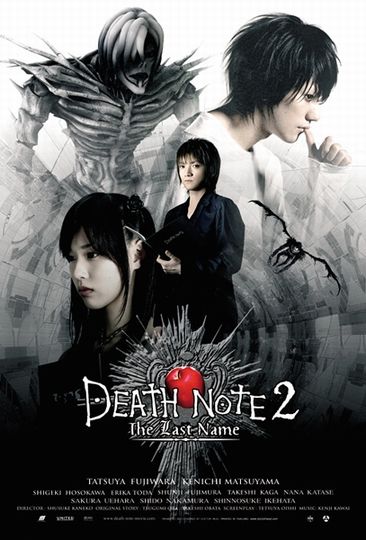Death Note
General Info

| Item Name | Death Note |
|---|
Overview
This deadly force does not come without rules. The person using the Death Note should have the face of the intended victim in mind when writing their name, so as not to harm people with the same name. In addition, the specific circumstances of the death can be described within 6 minutes and 40 seconds of typing the name of the intended victim. If the cause of death is not specified, the person will simply die of a heart attack.
The Death Note has come to Earth numerous times, each time creating a tornado of events full of espionage, mind games, and moral dilemmas. The most influential case was when it fell into the hands of Light Yagami, a highly intelligent high school student who tried to use it to rid the world of evil and become a god.
This macabre object, though only a notebook, is an important aid in unraveling the complex plot of the story. His unprecedented power raises important questions about morality and justice, and Death Note is far from an ordinary diary.
Creation and Development
The process began with the creation of a sinister yet fascinating artifact: the Death Note. Ohba reflected on popular culture, particularly mythologies that revolve around the power of names and death. The idea of an ancient instrument that could manipulate life and death simply by writing had a terrifying allure. Thus was born the Death Note, as an object representing the intrusive hand of the supernatural.
Aesthetically, Obata wanted Death Note to be simple but memorable. The exterior was black to match the dark tones of the series, and the inside pages engraved with detailed instructive "laws of use" gave the book a mysterious appeal. The quill pen used to write the titles marked a bold artistic contrast to the technological tools of modern society – a reminder that the Death Note is a relic from a world other than our own.
As they progressed, the duo decided that the Death Note's power would not go unnoticed. The rules have been carefully crafted to emphasize the seriousness of using such an artifact and delve into its storytelling potential. This added a higher level of complexity to the mental combat and strategic maneuvers that have become a trademark of the series.
Interestingly, Death Note was originally intended to be a three-part series. But the sheer scope of the premise and the intriguing possibilities of Death Note as a storytelling tool led Ohba and Obata to expand it into a 12-volume series.
Analyzing the "creation and development" of the Death Note, it becomes clear that the artifact was more than a whimsical figment of the imagination. It was a carefully thought-out embodiment of the themes the series sought to explore, as the cornerstone of a story that has since entered the annals of iconic stories in the manga and anime world.
Cultural Impact
The central theme of the power to take life, embodied in Death Note itself, has sparked major moral discourses among audiences around the world. Bright Yagami and L's contrasting characters—one an idealist bent on creating a utopia through death and the other a shrewd detective seeking justice—set a new standard for duality and character complexity and influenced subsequent anime stories. Beyond the realm of anime, the Death Note series has also influenced wider popular culture. The high-stakes cat-and-mouse game between Light and L has been the template for several Hollywood thriller dramas. But it's the original's prevailing sense of the moral quagmire surrounding life and death that continues to resonate and inspire even years after its release. The series changed the way viewers perceived the supernatural and thriller anime genres and proved that animation could explore philosophical conundrums like no other medium.
